Anyone living within the tropical zone already knows what the climate is like, putting aside the erratic climate that seems to be the order recently. The wet season may bite hard or hardly bite, but the timeframe technically remains between April and September every year. The dry season takes the rest. Sometimes, the rain may come late and end earlier, come late and end late, come earlier and end earlier, or come earlier and end late.
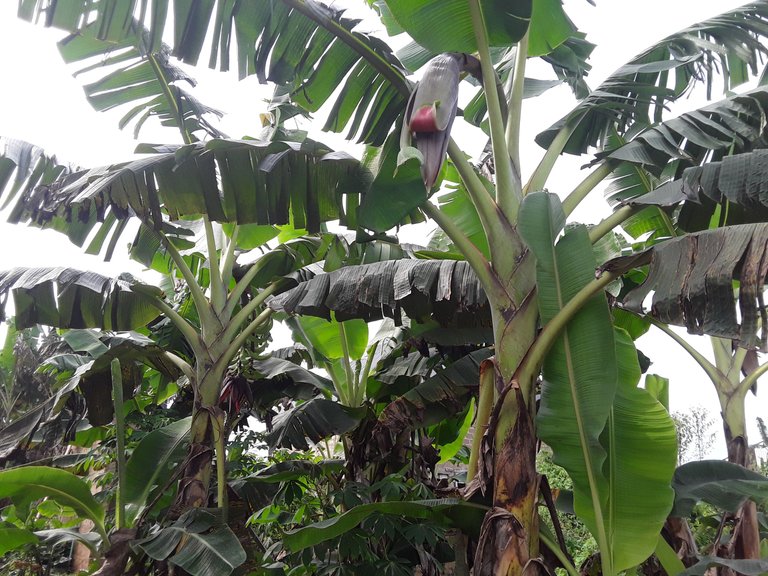
The planting period, therefore, starts in or before April and extends to just before the end of the wet season depending largely on the type of crop to be planted. Some annual crops have a short life cycle. They are able to germinate and be ready for harvest within a few weeks or months. Thus, such crops can be grown and harvested twice or even thrice within a wet season.
In Southwestern Nigeria where I am domiciled, maize can be planted and harvested twice before the wet season ends. We call it wet-season maize and dry-season maize. Wet-season maize because the harvest is usually within the rainy periods and dry-season maize because the harvest usually falls towards the end of the rainy period and the beginning of the dry season.
This year, it rained from April until October. All signs point to the onset of the dry season as it is. Those that planted dry-season maize have already harvested or are on the verge of harvesting. Any annual surface crop that is yet to flower as of now is now likely not to produce any harvest unless efforts are made to artificially nourish it with water. Those that had already flowered may produce but not in as much quantity as compared to if they had produced while it is still rainy.
The above is not applicable to underground crops like cassava and potato though. The above-ground part which is the vegetative part may die off during dry seasons. When the wet season returns, by a smell of moisture, the underground corm produces shoots, and normalcy returns. Both crops are perennial, although harvesting can as well be done within a growing season.
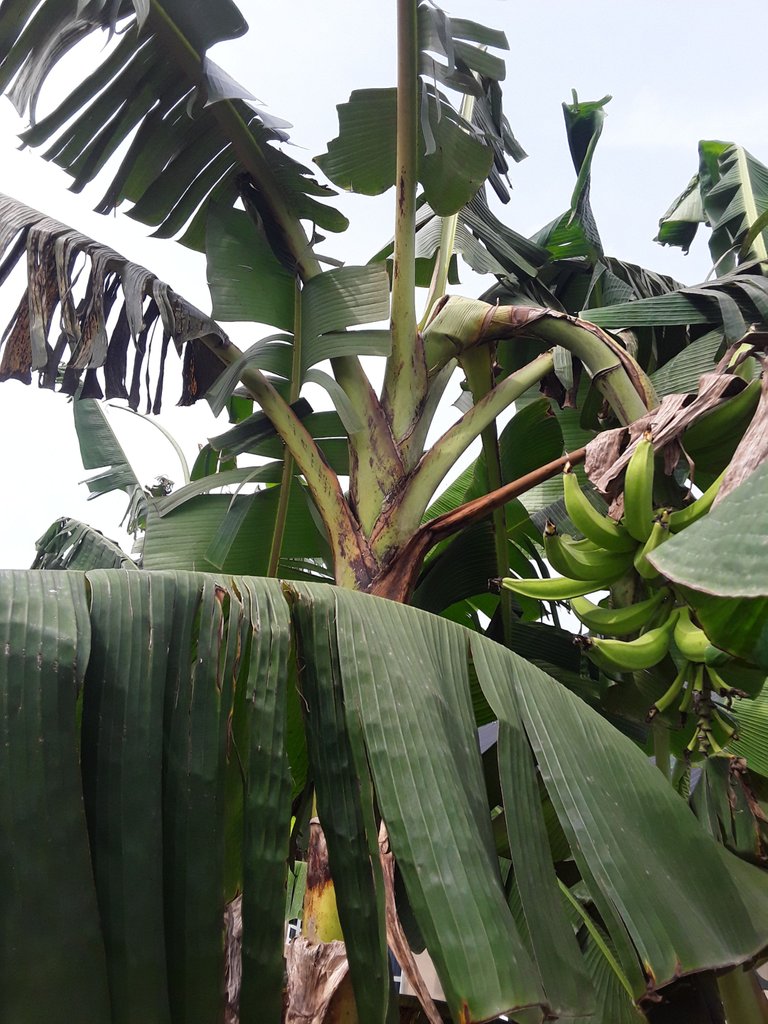
Checking my garden as the dry season beckons
Armed with the knowledge that the dry season seems to have commenced, I decided to check out my small garden just behind my crib. The rain stopped quite late this year. It did not stop until October ended and there are chances that a little rain might still happen even in the month we are in.
The first thing I checked out are my plantains. Luckily for me, many of my plantains made it to the flowering stage. Meaning that I have a good chance of harvesting plantain bunches in the next few weeks. Even the double bunch plantains whose stems were divided into two from the top also made it to flowering against my initial concerns. The only issue now is the fruits may not be as big had it been that they flowered during the rainy periods. Perhaps I will find time to manually water them in order to have bigger fruits. One or more precipitation and won't be any need for artificial watering.
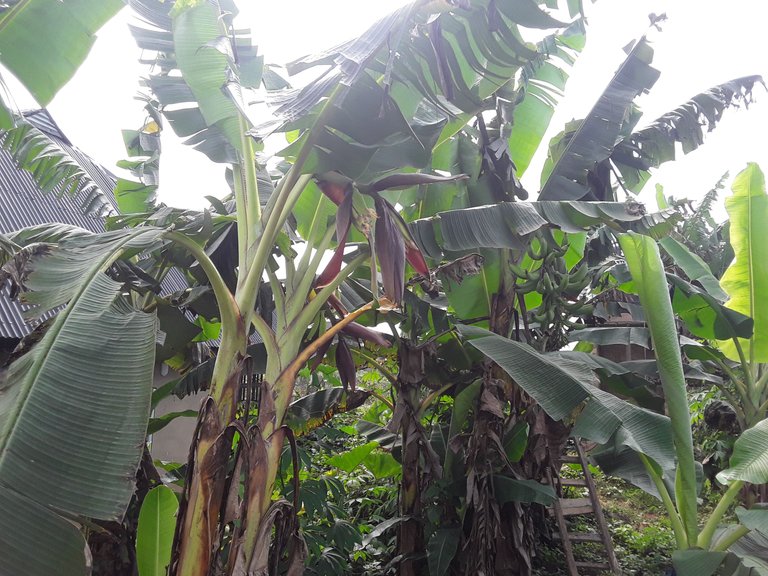
Next is my sweet potato. I planted this crop primarily for its ability to crawl on the ground and limit the growth of weeds. As nature will have it, the crawler did the job of a cover crop quite effectively. I planted it around May or June. It takes between 100 and 150 days or 4 to 5 months for the sweet potatoes to be ready for harvest. I will be giving it until the end of this month for the harvest.
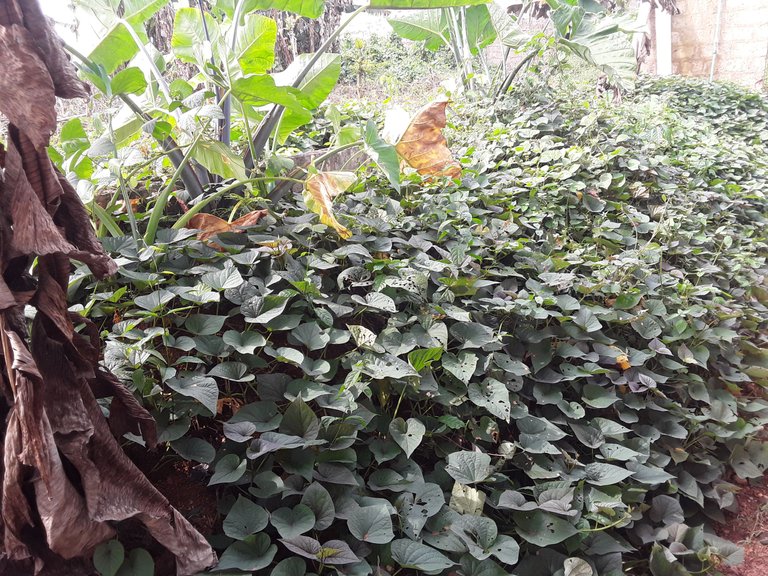
Unlike sweet potatoes, The few cassavas I planted will not be ready for harvest this year. They are local breeds and will take about a year and a half for them to be fully ready. They are also likely to survive the dry season with reduced leaves, I presume.
The few strands of cocoyam in the garden are indirectly not my doings. They grow as remnants from past farming activities on the land and I did my best to nurture them Since cocoyam won't take more than 7 to 9 months to be ready for harvest, it appears these ones are due. Hence, I might be doing some harvesting in the next few days. I may even blog about it if I find the activity interesting enough.
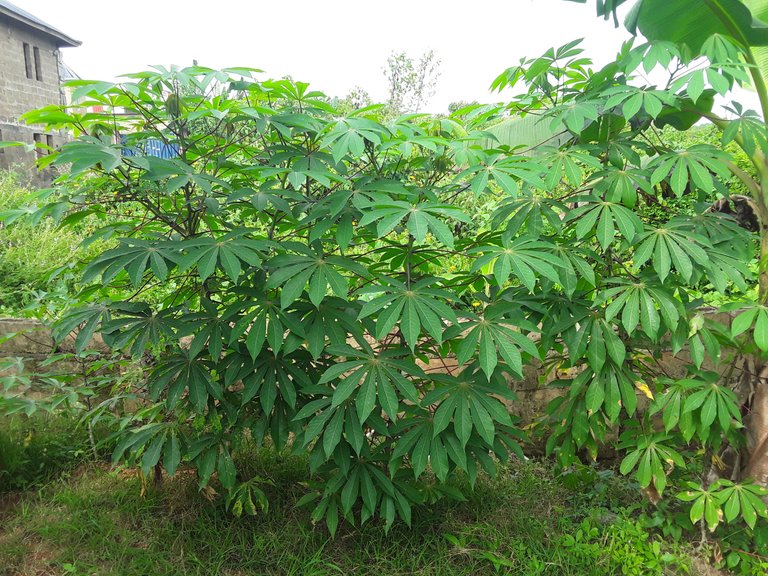
That's all about an update on my gardening activities. Remember, every little activity counts to reduce hunger in the world.
Thank you all for reading.
I like gardening as you show this, because gardening is very beneficial for us and many others.
Bananas are also one of my favorite fruits.
Banana is different from plantain though. Many people tend to take one for the other.
Yeah, I like to see it
wow thats a nice garden that you have and your cassava plants grew a lot

!1UP
Your cassava plants are great, and so are the banana plants. The bunches look appetizing.
How do they eat them there? In the Caribbean we eat them fried, whether they are green or ripe.
And when they are very ripe they can be boiled or baked, accompanied with a little cheese, they are a delight.
Here in Nigeria, we also eat them fried, ripe or unripe. In addition, we eat them boiled, use them in making bread, and we also use them to make plantain flower in the making of a local dish called 'amala'.
You have received a 1UP from @gwajnberg!
@stem-curator, @neoxag-curator, @pal-curator
And they will bring !PIZZA 🍕.
Learn more about our delegation service to earn daily rewards. Join the Cartel on Discord.
Thanks for your contribution to the STEMsocial community. Feel free to join us on discord to get to know the rest of us!
Please consider delegating to the @stemsocial account (85% of the curation rewards are returned).
You may also include @stemsocial as a beneficiary of the rewards of this post to get a stronger support.